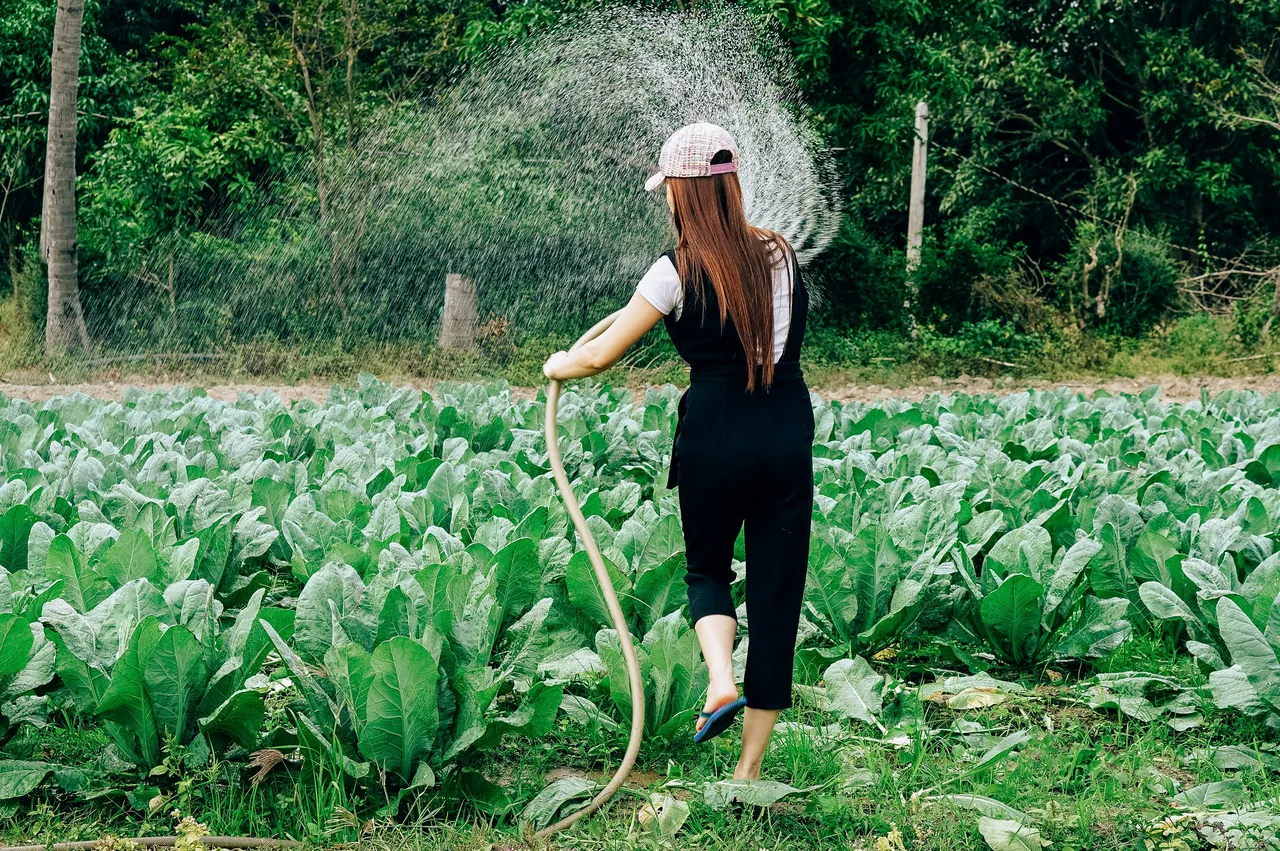Edible Landscaping: Creating Beauty While Growing Your Own Food
Imagine stepping into your backyard and being greeted not just by a beautiful landscape, but also by the tantalizing aroma of fresh herbs and the vibrant colors of ripe fruits and vegetables. Over 35% of urban households are now integrating edible plants into their landscaping, transforming not just their gardens but also their diets. This is the magic of edible landscaping, where beauty meets functionality. By integrating edible plants into your garden design, you can create a stunning outdoor space that not only pleases the eye but also provides delicious, homegrown food. In this article, we’ll explore the benefits of edible landscaping, essential design principles, and practical tips to help you cultivate your own edible paradise.
What is Edible Landscaping?
Edible landscaping is an innovative gardening approach that combines traditional landscaping aesthetics with food production. It involves incorporating edible plants, such as fruits, vegetables, and herbs, into the landscape design. This transforms your garden into a productive and visually appealing space. For instance, using flowering plants like nasturtiums or strawberries can seamlessly blend food production with ornamental appeal. This concept encourages homeowners to think creatively about how they can grow food while enhancing the beauty of their surroundings.
Benefits of Edible Landscaping
Integrating a variety of edible plants into your landscape enhances local biodiversity. This diversity supports wildlife, including pollinators like bees and butterflies, which are essential for a healthy ecosystem. Additionally, growing your own food significantly reduces the carbon footprint associated with food transportation. According to research from the American Community Gardening Association, home gardens can reduce a household's carbon footprint by up to 30%. By harvesting fresh produce from your garden, you contribute to a more sustainable lifestyle.
Edible landscaping also encourages self-sufficiency and healthy eating. Families can enjoy the benefits of fresh, organic produce right from their backyard, leading to improved nutrition and well-being. Furthermore, edible plants can add visual interest to your garden throughout the year. With careful selection of colorful fruits, vibrant vegetables, and fragrant herbs, you can create a landscape that is both beautiful and functional.
Design Principles for Edible Landscaping
To create a successful edible landscape, consider incorporating permaculture principles into your design. This approach helps maximize resources and minimize waste. For example, design your garden according to the natural contour of the land to improve water retention and use companion planting to promote growth.
Creating zones in your garden that separate different plant types based on their needs and your maintenance capabilities is also important. For instance, place sun-loving plants in areas that receive the most sunlight, while shade-tolerant plants can thrive in less sunny spots. Additionally, design your landscape to follow the natural contours of the land. This not only enhances the visual appeal but also helps with water management, ensuring that plants receive adequate moisture.
With these foundational design principles in mind, let’s explore practical tips that can help you effectively implement edible landscaping in your own garden.
Practical Tips for Implementation
When selecting plants, choose those that are well-suited to your climate and soil conditions. Consider factors such as sunlight, water availability, and space when making your selections. Resources like Growing Edibles in the Landscape provide valuable guidance on plant selection.
Pay attention to the color, texture, and seasonal interest of your plants. Mixing different varieties can create a visually appealing landscape that changes throughout the seasons. The guide Edible Landscaping 101: Grow Food in Beautiful Garden Spaces emphasizes the importance of achieving this balance.
Ensure that your edible plants are placed thoughtfully within the landscape. This involves considering their growth habits and how they will interact with one another. The blog Creating a Permaculture-Inspired Edible Landscape emphasizes the importance of harmonious plant placement.
Addressing Food Security through Edible Landscaping
Edible landscaping can play a significant role in addressing food security. By growing your own food, you can reduce reliance on store-bought produce and contribute to a more sustainable food system. The guide Edible Landscapes: A Guide to Fighting Food Scarcity discusses how careful plant selection and maintenance practices can enhance food security in your community.
Conclusion
Edible landscaping offers a unique opportunity to create a beautiful and productive outdoor space. Imagine the joy of harvesting a homegrown tomato in the summer sun or the satisfaction of sharing fresh herbs with neighbors. By incorporating edible plants into your landscape design, you can enjoy the benefits of fresh produce while enhancing the aesthetic appeal of your garden. With thoughtful planning and design, anyone can embark on the journey of creating their own edible landscape. So why not start today? Transform your garden into a vibrant, edible paradise that nourishes both body and soul.
This article was developed using available sources and analyses through an automated process. We strive to provide accurate information, but it might contain mistakes. If you have any feedback, we'll gladly take it into account! Learn more


